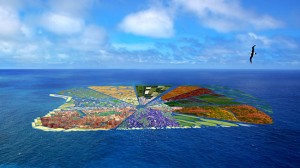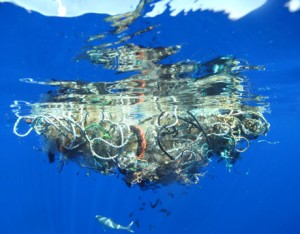If you have ever experienced Bikram yoga, you will be familiar with the often uncomfortable practice. An instructor will yell at you as you attempt to do complex poses in a crowded and hot room full of sweaty people. You probably hate the class as your’re doing it, but once you leave, you feel strong, light, and cleansed. Scientific studies have ben able to show the health benefits of this practice so for those of you that have been avoiding it, it may be a good idea to give it a try

Bikram yoga was created by the Indian yoga guru, Bikram Choudhury . The Calcutta born yogi has been practicing since the age of four, and has earned the “All-India National Yoga Champion” title. In 1972, Choudhury opened his first yoga studio in the United States and taught 90-minute classes that consisted of 26 poses in a 105 degrees Celsius room. It is not always an enjoyable practice and vomiting as well as dehydration is common. However, people keep returning and the benefits of the practice may exceed the negative aspects.
A study was conducted by a research team from the Boise State University in Idaho to examine the health effects after an 8-week Bikram yoga program. The study consisted of 51 participants between the ages of 20-54 years. They were required to complete 20 classes over 8 weeks and the researchers studied their changes in mindfulness, perceived stress, and physical fitness.
According to Dr. Jon Kabat-Zinn, author of Full Catastrophe Living, mindfulness is the “attention to and awareness of mind and body, accepting moment-to-moment experiences without judgment, and being present in a given moment”. Yoga is a mind-based stressed reduction program so increasing mindfulness will decrease stress which is the cause of many illnesses. In order to determine mindfulness, participants completed the Five Facet Mindfulness Questionnaire (FFMQ). This questionnaire consists of 39 questions that, when answered, can be tallied to determine the level of mindfulness. A higher score means that the participant is at a higher level of mindfulness. Stress levels were measured using the Perceived Stress Scale (PSS). Physical fitness was determined by observing submaximal oxygen consumption, measuring body mass, conducting single-leg balance tests, and using heart rate monitors. Flexibility was also determined using the Accuflex 1 Sit-and-Reach box test and the Accuflex II Body Rotation Flexibility test.
The researchers discovered that practicing Bikram yoga for 8-weeks resulted in increased mindfulness, decreased level of perceived stress, and it had no effect on resting heart rate. The program also improved submaximal oxygen consumption, flexibility, and balance. Many studios offer free trial classes for first-time students to give it a try; the health benefits are worth it.
Resources:
- An examination of the Effectiveness of an 8-week Bikram Yoga Program on Mindfulness, Percieved Stress, and Physical Fitness.
- Bikram Yoga








